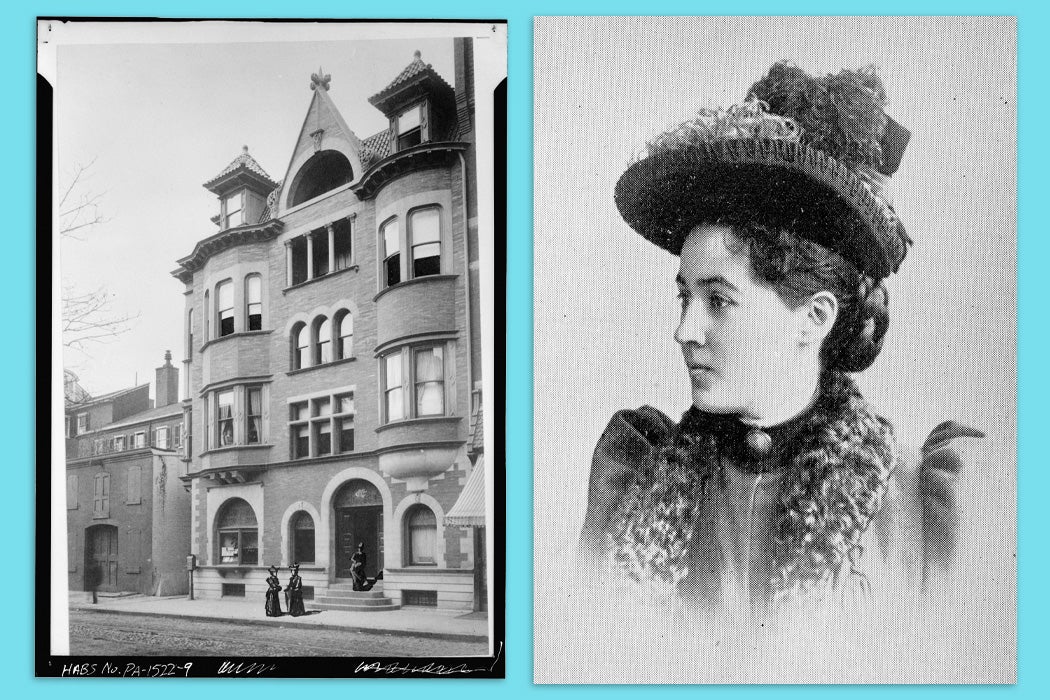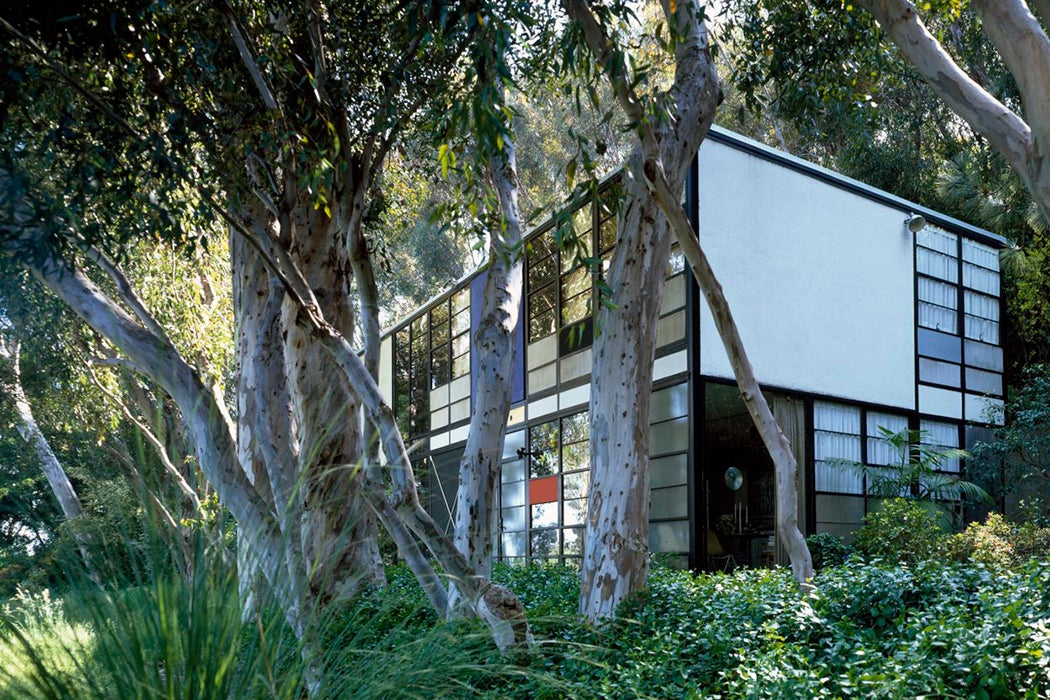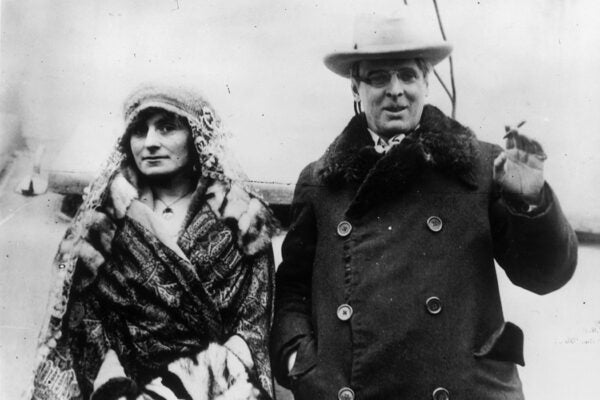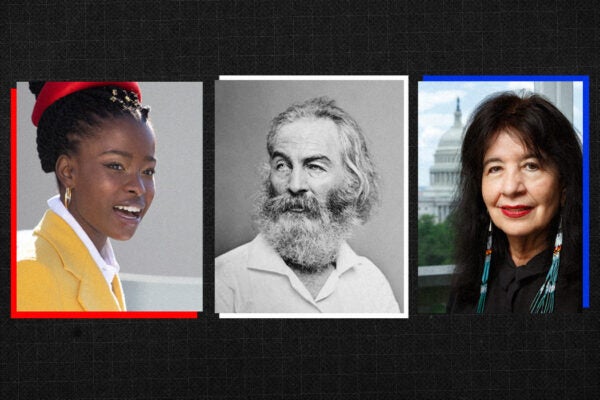The career of American architect Minerva Parker Nichols doesn’t seem unusual by modern standards. She attended school to study architecture, worked for an established architect to gain practical experience, and then started her own successful architectural practice. What is remarkable is that she did this in the late 1800s, before marriage and without the benefit of a male architectural partner. As architectural historian Margaret “Molly” Lester, who’s been the leading figure in rediscovering Minerva’s career, writes, “Minerva Parker became the first woman in the country to practice architecture independently.”
Minerva Parker was born in Chicago on May 14, 1863, to John and Amanda Doane Parker and grew up in a generation shaped by the Civil War. John Parker enlisted to fight in the Union army when his daughter was just a few months old. When he died a little over a year later, Amanda Parker found herself as both a widow with young children and her family’s sole breadwinner. Minerva Parker was consequently raised alongside her sister and cousins by her mother, aunt, and maternal grandfather. While seemingly unusual for the time, it was increasingly common, Lester explains. Many women worked during and after the Civil War, either to supplement the small military wages their husbands received or to earn a sole income, if their husbands didn’t survive the war.
This experience with working women shaped both Parker personally and the society in which she established herself. As she reached adulthood, there was greater recognition that some women needed education and training to be part of the workforce. At the time, the design field was seen as suitable for women, writes Lester, and “[t]he popular assumption was that if women could learn to properly hone their inherent artistic sensibilities, they could then shape a national aesthetic, both within and beyond the home.”
Parker attended the Franklin Institute Drawing School in Philadelphia, graduating from a two-year program in the spring of 1886. While she was certainly a minority as a woman at the school, her enrollment wasn’t unprecedented. In analyzing the history of the Franklin Institute, architectural historian Jeffrey A. Cohen notes that women “had been part of the audience at the institute’s lectures from its early years, and a smattering of female names appeared in the annual rosters of the drawing school from the mid-1870s on.”
After graduation, Parker likely worked in the architectural office of Edwin Thorne, according to Lester, establishing her own office in either late 1888 or early 1889. She developed a career specialization in residential architecture: of the more than sixty projects she designed, more than half of them were homes. She became known for designing to suit her clients’ tastes and lifestyles, something that appealed to the women who hired her.
More to Explore
A Close Partnership: Ray and Charles Eames
Parker’s work for women’s clubs increased her standing as an architect and exposed her to new potential clients. The New Century Club of Philadelphia hired her to design their new club building in 1889. It was an early commission in Parker’s career, and supporting the career of a woman architect aligned with the club’s overall mission.
The biggest commission of Parker’s career unfortunately was never built. Another women’s club, the Queen Isabella Association, asked Minerva to design a pavilion for the 1893 World’s Columbian Exposition being held in Chicago. The proposed pavilion featured “Moorish motifs” to reflect Queen Isabella’s native Spain (a design that perhaps feels ironic today, given that Queen Isabella’s reign marked the end of the Reconquista and the beginning of the Spanish Inquisition). However, the Queen Isabella Association had disputes with the Exposition’s Board of Lady Managers, who used their power to convince those in-charge to prohibit private club buildings.
Weekly Newsletter
Parker married Rev. William Ichabod Nichols in December 1891. By the birth of her first surviving child in 1894, she had closed her office and was practicing architecture out of her home. The family moved to Brooklyn in 1896, where Parker Nichols gave birth to three more children and never formally established an architectural practice. Yet her legacy lived on. In an article on women architects in Frank Leslie’s Popular Monthly published in 1900, she “was described as the best-known woman architect of the day,” although architect and educator Kelly Hayes McAlonie explains that “she had probably retired by 1900.”
While not working in an official capacity, Parker Nichols continued to take on commissions for family and friends throughout her life. She passed away in 1949. Her obituary, published in the New York Times was titled, “Mrs. Nichols Dead; Retired Architect.”








